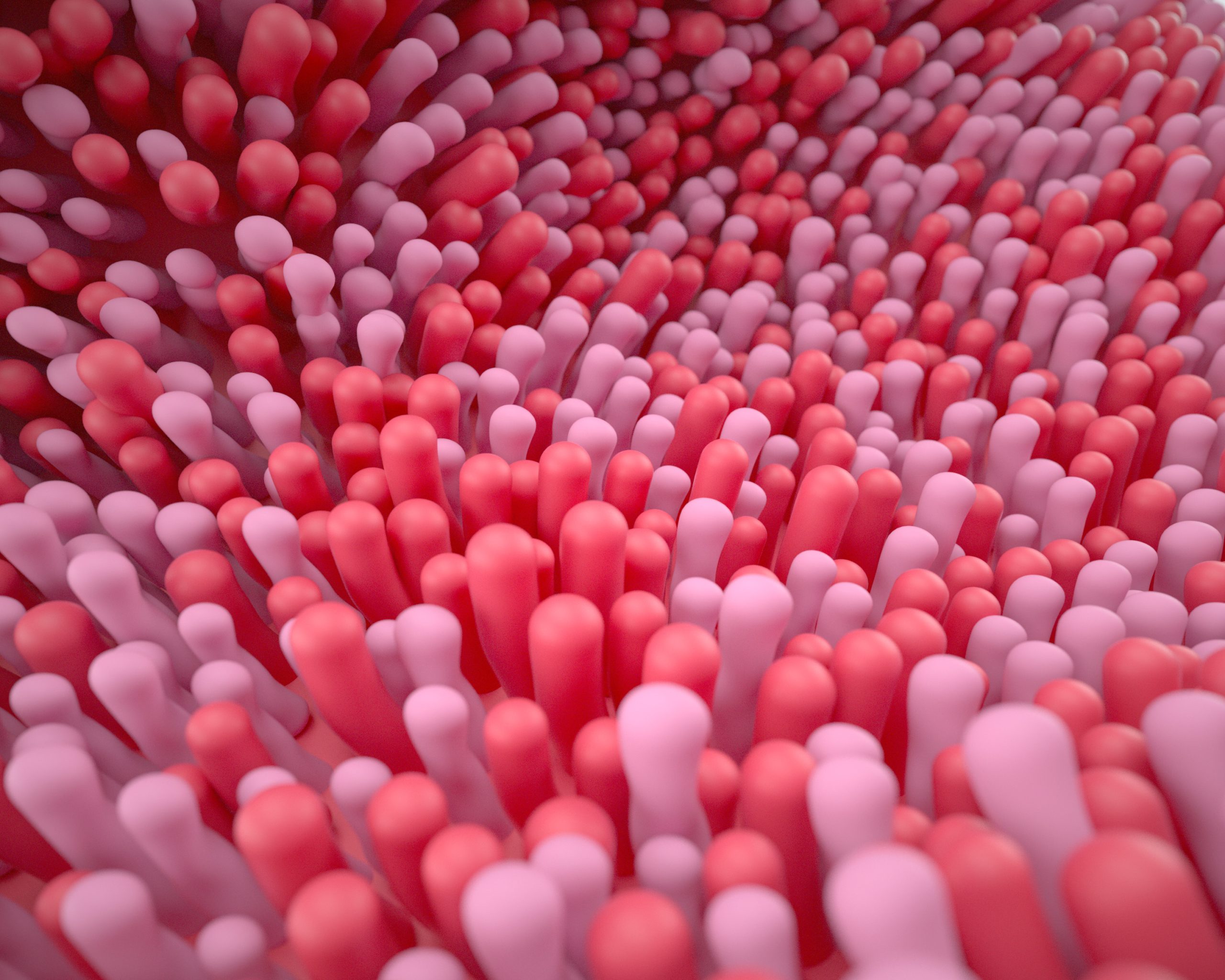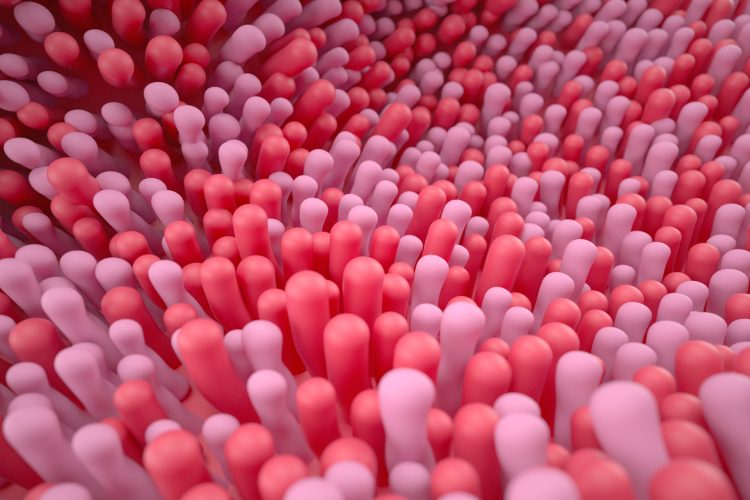Fitness
Mini-colons offer improved cellular diversity, longevity and function

Mini-colons, which closely resemble in vivo tissue, were used for several applications, including the characterisation of anticancer drug toxicity profiles.

Researchers from the Institute of Human Biology (IHB) at the Roche Innovation Center Basel have generated mini-colons which closely resemble in vivo tissue, by combining organoid and organ-on-a-chip technology.
Although there is huge potential for intestinal organoids to model intestinal diseases, existing organoid generation methods produce closed cystic structures that have a short lifespan and high heterogeneity, which limits their applicability and relevance. Organoid cultures are being improved following research on foetal human intestine development, as well as the discovery of factors regulating differentiation programmes of intestinal cells, but researchers still do not have the means to produce mature, spatially organised human organoids. Also, gut-on-a-chip models normally generate planar intestinal epithelium cultures, which do not fully replicate the intestine’s structure. Using three dimensional (3D) scaffolds upholds crypt-villus features, but these rely on supportive membranes, stopping the co-culture with non-epithelial cells.
Therefore, to conquer these issues, the team combined microfabrication, hydrogel engineering, and stem-cell self-organisation. These enabled the generation of mouse intestinal stem cells into perfusable tissues with crypt and villus domains. Firstly, the hydrogel scaffold was altered to make a microchannel resembling human colonic crypts. Then, human colon organoids were separated into single cells and put into the crypt microcavities, which formed an epithelium covering the microchannel that thickened over time.
The researchers state that the diversity of colonocytes means that they are most appropriate for investigating nutrient transport and its association with metabolism and pathologies like inflammatory diseases. As well as this, the mini-colons showed a capability for mucus production by goblet cells, which will enable mucus barrier exploration. Furthermore, the team characterised the toxicity profiles of the anticancer drugs cytarabine and idasanutlin with the mini-colons.
The researchers believe that adopting this approach using patient primary cells may create more applicable tissues that have an improved cellular diversity, longevity and function. Moving forward, research will aim to establish bacterial co-cultures in human mini-colons.
This study was published in Cell Stem Cell.










